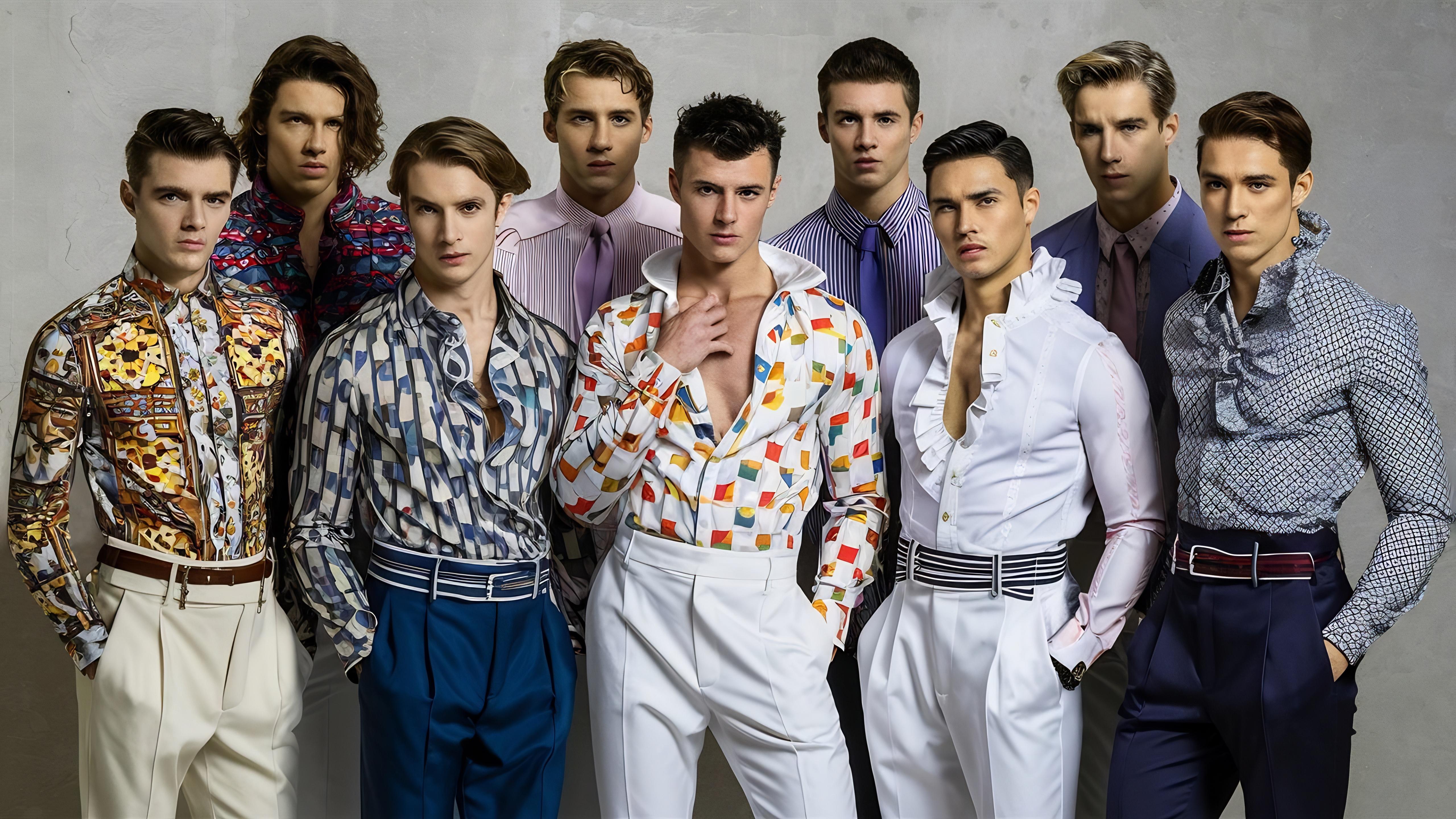Minimalism to Blokecore: Men’s Aesthetic Fashion Guide
From Heritage to AI: Cultural Roots of Fashion Aesthetics
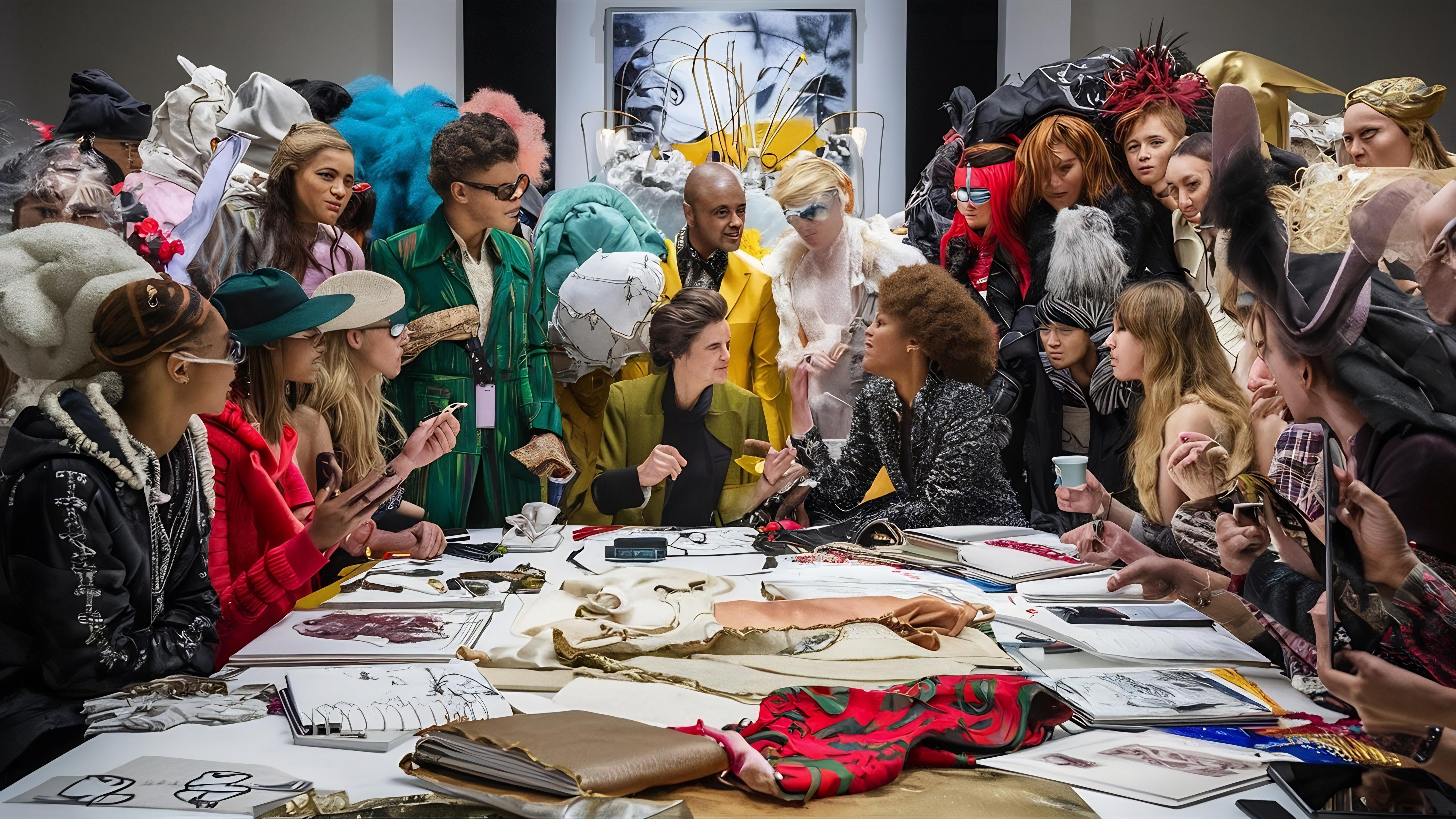

TL;DR
The cultural roots of fashion aesthetics trace how history, identity, and emotion shape what we wear today. From the Renaissance’s ornate silhouettes to Afro-Deco’s proud fusion of African heritage and Art Deco design, fashion has always reflected culture. AI-driven personalization platforms like Glance AI are reviving this heritage by connecting users to styles that honor their origins, body types, and personal stories. As global fashion embraces diversity and inclusion, cultural aesthetics are no longer nostalgic—they’re living expressions of confidence, creativity, and belonging, now enhanced by the empathy of AI.
Introduction: The Soul of Style
Fashion isn’t just about fabric — it’s about memory, identity, and emotion woven together through time.
From the hand-stitched folds of an Indian saree to the architectural silhouettes of a Parisian coat, every aesthetic choice tells a cultural story. The way we dress reflects where we come from, how we see ourselves, and how we wish to be seen.
The cultural roots of fashion aesthetics are more visible and celebrated than ever. Designers and consumers alike are rediscovering the emotional and symbolic power of tradition, blending the old and the new into something deeply personal.
As artificial intelligence enters the fashion world, this cultural dialogue finds a new medium. Platforms like Glance AI are redefining how heritage is understood — using personalization and contextual intelligence to help users explore styles that align not just with trends, but with the stories that shaped them.
“Fashion fades, but cultural memory never does. AI just helps us listen to it better.”
The Historical Weave: Fashion as Living Heritage
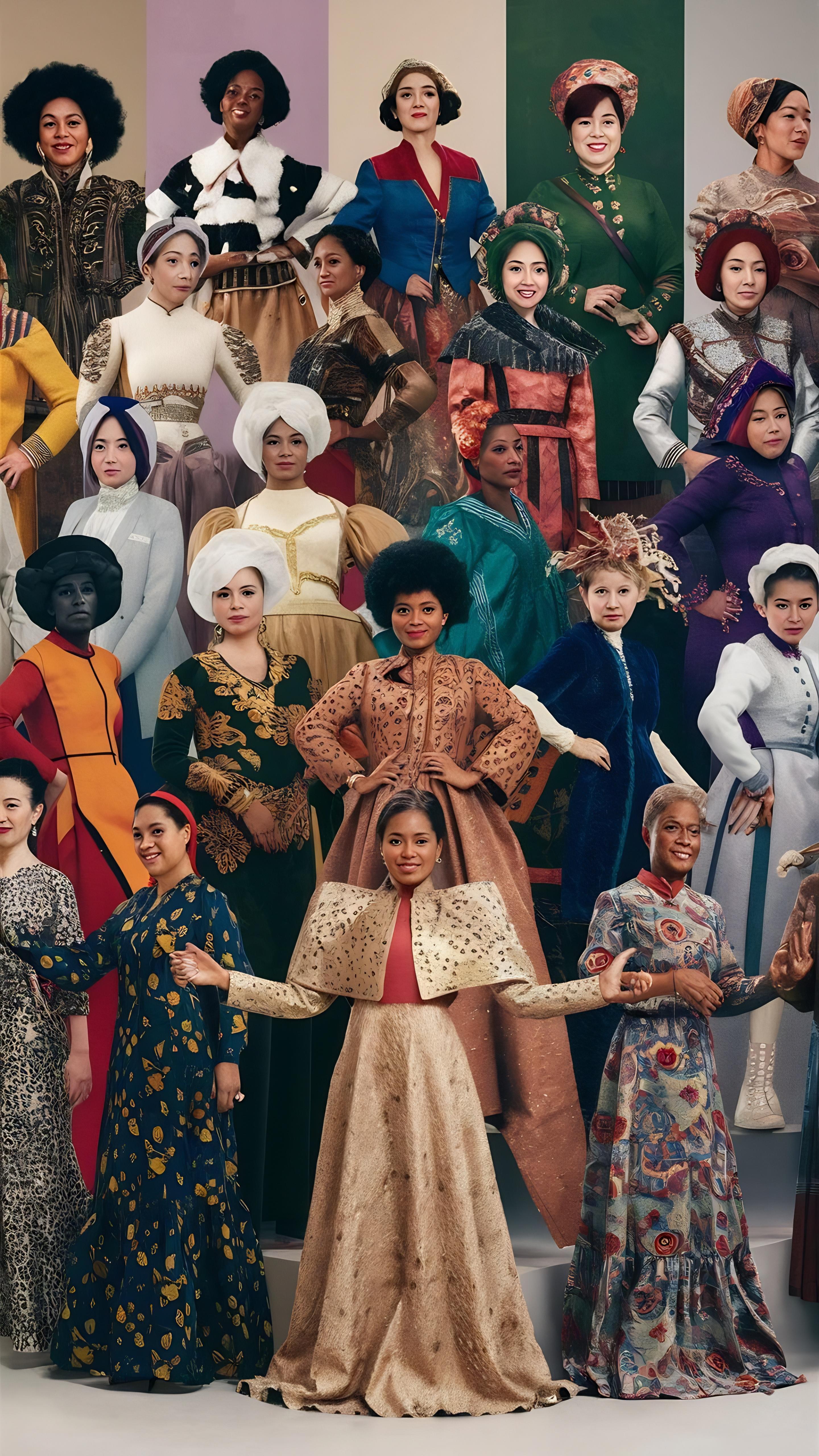
To understand the cultural roots of fashion aesthetics, one must travel back through time. Fashion, in its earliest forms, was never about commerce — it was about communication.
The Renaissance and Victorian Influence
From the grandeur of the Renaissance — with its heavy brocades, elaborate collars, and symmetry — to the Victorian era’s fascination with opulence and structure, these periods introduced silhouettes and detailing that still echo in modern haute couture. The Victorian corset has transformed into today’s waist-sculpting bodices; Renaissance drapery lives on in contemporary ball gowns.
Afro-Deco and Cultural Fusion
Fast forward to the 20th century, and we see the Afro-Deco movement — a stunning fusion of African heritage textiles like Kente and Aso Oke with Art Deco geometry. This wasn’t just fashion; it was cultural pride expressed in design form, a bridge between ancestral identity and global influence.
Many iconic aesthetic movements trace their lineage to rich cultural heritages.
Even ancient women’s clothing aesthetics — from India’s kanjeevaram silks to Egypt’s linen tunics — were shaped by social values, climate, and class. Clothing became a mirror of community, spirituality, and social hierarchy.
These influences didn’t vanish. They evolved, embedding themselves into modern fashion codes, proving that the cultural roots of fashion aesthetics still influence what we wear — consciously or not.
Global Cultural Dialogues in Modern Fashion
Fashion today is no longer confined to the West. It is a dialogue — a global exchange of textures, motifs, and meanings.
Designers now draw inspiration not from a single geography but from shared humanity. We see African Ankara prints on Milanese runways, Japanese minimalism in New York streetwear, and Indian embroidery techniques redefining global couture. This is not appropriation when done ethically — it’s cultural appreciation in motion.
A 2025 design report highlights that consumer interest in culturally influenced fashion continues to grow, with global buyers seeking storytelling, heritage, and authenticity. People no longer buy clothes — they buy narratives.
Fashion houses and independent creators alike now honor tradition while appealing to modern sensibilities. Brands collaborate with Indigenous artisans, paying homage to craft instead of exploiting it. This is the true beauty of the cultural roots of fashion aesthetics — unity through diversity.
“Cultural exchange in fashion is no longer imitation — it’s conversation.”
The Emotional Language of Aesthetics
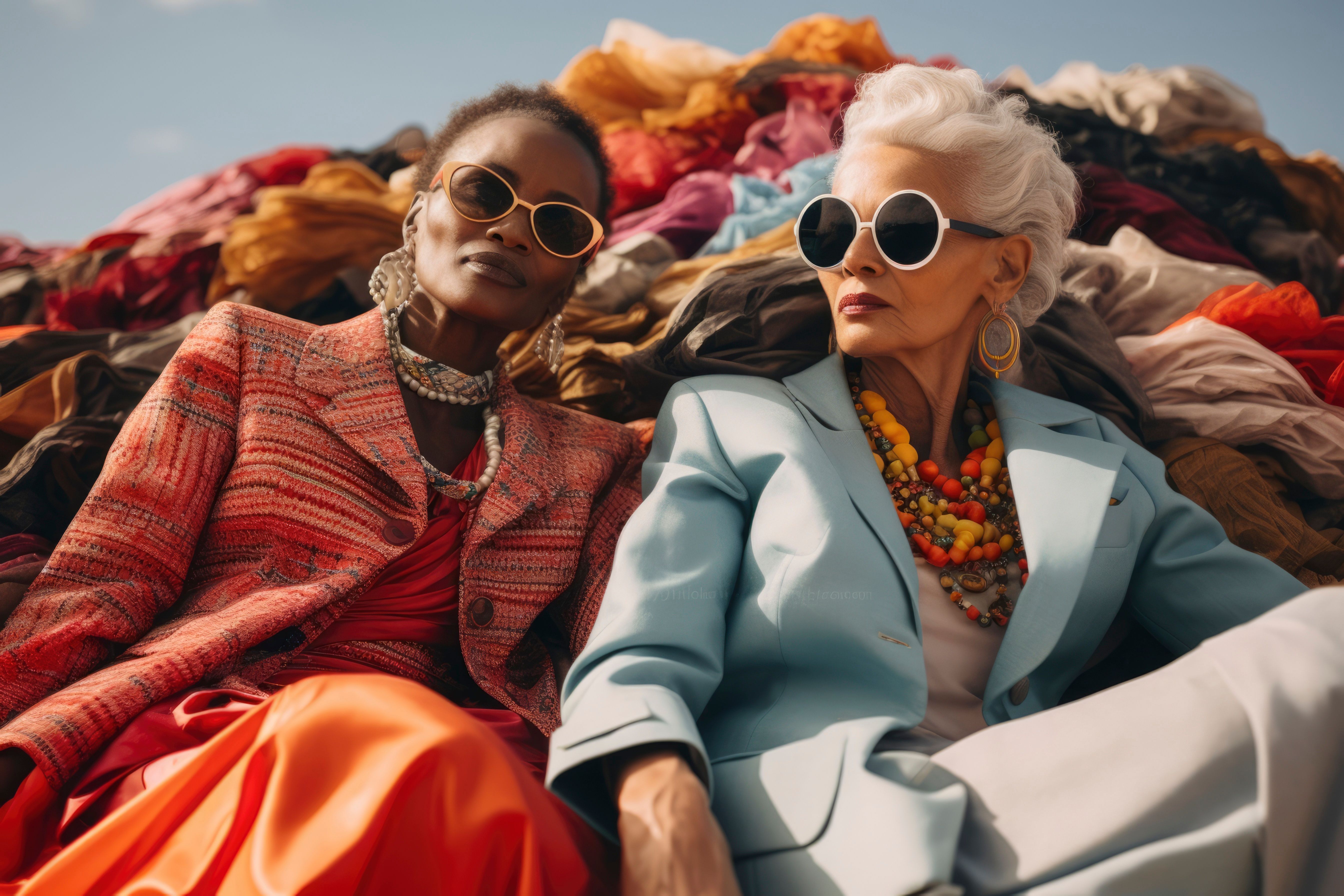
Fashion is emotion materialized. Every stitch holds sentiment, every motif a story.
Cultural aesthetics resonate because they connect people to their collective memory. A saree passed down from mother to daughter, a kimono folded with care, or a Kente cloth worn on special occasions — these garments are not just adornment but inheritance.
Each region carries its emotional design language:
- Indian aesthetics celebrate storytelling through prints and embroidery.
- Japanese minimalism speaks of calm and inner balance.
- African prints embody rhythm, strength, and community.
Modern consumers crave this emotional grounding. Amid fast fashion and digital overload, cultural authenticity provides comfort and identity.
And here’s where AI steps in. Through advanced styling algorithms, it reads emotional cues from fashion choices — from color preferences to fabric selections — and translates them into personalized suggestions that reflect both individuality and heritage. It’s not AI replacing emotion — it’s AI interpreting emotion.
“Fashion is how emotion takes shape. AI just helps it find its form.”
The Social and Political Power of Fashion
The cultural roots of fashion aesthetics also reveal how clothing becomes a language of resistance and change.
Fashion has always carried political weight — from suffragette whites in early feminist movements to genderless silhouettes challenging binary norms today. Fashion continues to reflect collective consciousness — sustainability, inclusivity, and equality are no longer optional; they’re essential.
A study shows that modern consumers want brands that mirror their values — ethical sourcing, inclusivity, and cultural respect have become critical purchasing motivators.
Movements like genderless fashion and eco-conscious clothing aren’t new fads; they are modern echoes of long-standing cultural beliefs in balance, harmony, and identity.
Nostalgia-driven aesthetics — like Dark Academia, Cottagecore, or Gothic Revival — mirror global desire for emotional connection to the past, reimagined through modern comfort.
In every case, the cultural roots of fashion aesthetics remind us that fashion isn’t neutral — it’s a mirror of our social evolution.
“Every outfit we wear is a quiet act of cultural storytelling.”
Cultural Continuity in Indian Fashion Aesthetics
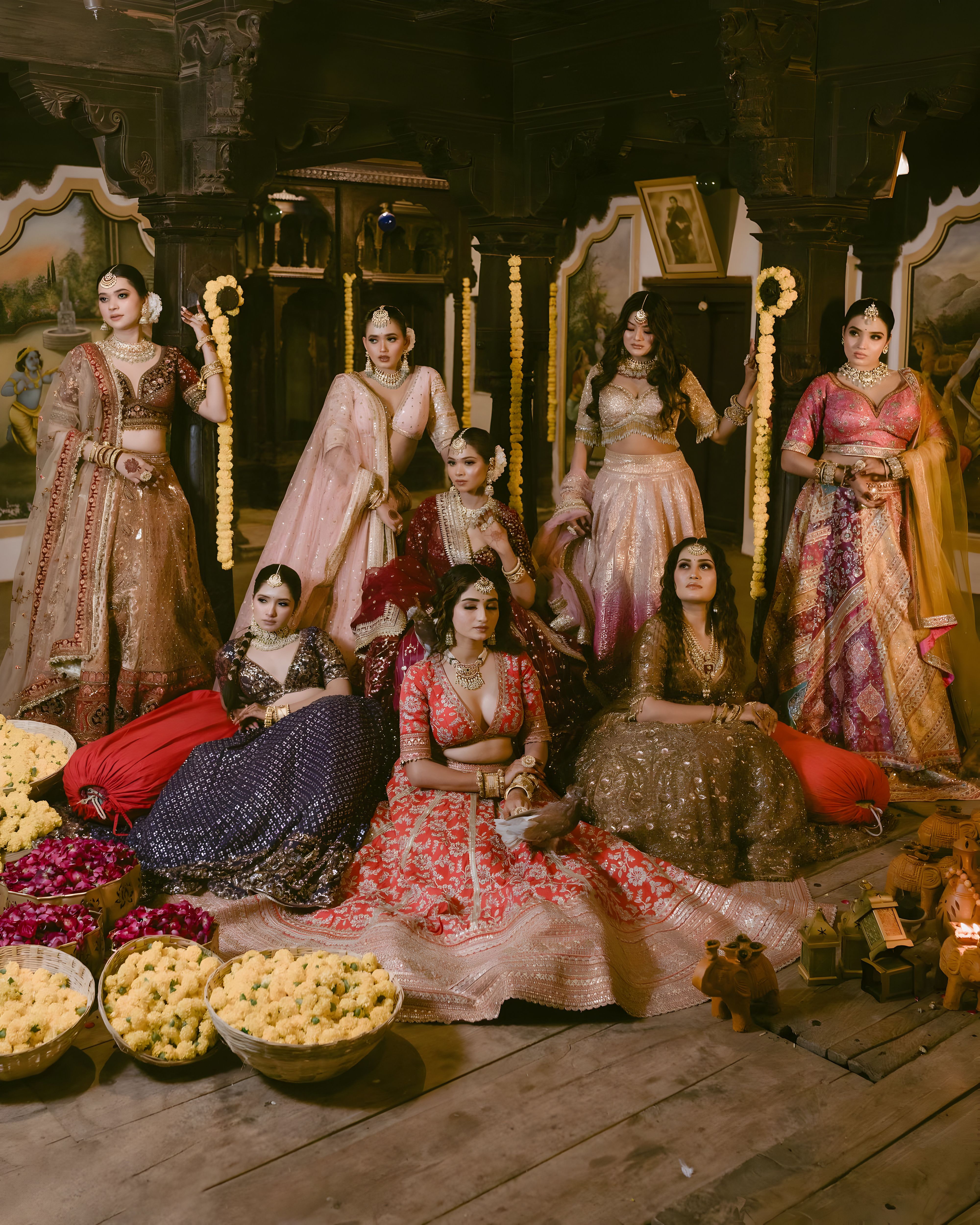
India stands at the crossroads of tradition and transformation — a living archive of aesthetic diversity.
The country’s visual culture thrives on layers: heritage handlooms, temple jewelry, regional embroidery, and now, AI-informed styling that connects all of it in new ways.
From Kanchipuram to Kurta Minimalism
India’s design heritage moves seamlessly between opulence and restraint. Kanjeevaram silks echo grandeur, while Bengal cotton sarees embrace simplicity. Even in urban India, layering ethnic with modern — like pairing denim with khadi — signals both rebellion and reverence.
With the rise of digital fashion, these traditions have found a new platform. Platforms like Glance AI learn from such cultural cues — your region, your climate, your tone, and your comfort level — to suggest aesthetic combinations that are both personal and culturally conscious.
For example, a user in Delhi may get styling recommendations inspired by Mughal patterns and earthy tones, while one in Chennai may receive lightweight draped silhouettes with south Indian motifs.
That’s personalization with cultural intelligence — and it’s revolutionizing how Indians interact with fashion.
“Glance AI doesn’t replace the weaver’s hand — it amplifies its story.”
AI as a Cultural Translator of Fashion
Artificial intelligence has often been criticized for standardizing taste. But in 2025, it’s becoming the opposite — a bridge for individuality and cultural preservation.
Platforms like Glance AI function as cultural translators — not just showing what’s trending, but why it matters. By analyzing millions of aesthetic data points — textures, color patterns, regional drape styles, and even emotional tone — AI personalizes style while keeping its roots intact.
For instance:
- It can identify a user’s affinity for heritage textiles like Banarasi silk or Chanderi and match them with modern silhouettes.
- It recognizes preferences for sustainability, recommending eco-friendly fabric blends rooted in Indian craft traditions.
- It adapts to body type, ensuring confidence aligns with comfort.
Through AI, the cultural roots of fashion aesthetics are no longer hidden in archives — they’re alive in everyday wardrobes, reinterpreted for the digital age.
“When culture meets AI, heritage becomes wearable wisdom.”
The Future: Ethical, Inclusive, and AI-Empowered Aesthetics
The future of fashion lies not in constant reinvention, but in rediscovery.
As we step deeper into the age of AI, fashion is learning to slow down, listen, and learn.
Cultural fashion archives are being digitized, Indigenous textiles are being preserved, and AI systems are being trained to recognize cultural motifs ethically and accurately.
The next era of the cultural roots of fashion aesthetics will be defined by collaboration:
- Artisans and AI co-creating sustainable designs.
- Brands and cultures building mutual respect.
- Users and algorithms co-authoring personal style stories.
Glance AI is helping lead this future — ensuring that every outfit suggestion is more than a match of colors and cuts; it’s a reflection of your personal history and cultural resonance.
“Fashion’s next revolution won’t come from trends — it will come from truth.”
Conclusion: Where Heritage Meets Innovation
Fashion has always been cyclical — but culture gives it purpose.
The cultural roots of fashion aesthetics remind us that style isn’t born on runways; it’s born in rituals, streets, and everyday lives. And as AI continues to shape the next frontier of fashion, it must remain rooted in empathy, respect, and human connection.
That’s the philosophy behind Glance AI — a platform that uses technology not to erase identity, but to illuminate it. It’s the future of styling — where your wardrobe tells your story, woven from your culture and translated by intelligence.
“Heritage isn’t the past — it’s the pattern that shapes the future.”
FAQs
1. What are the cultural roots of fashion aesthetics?
They refer to how historical, regional, and social traditions shape modern clothing styles and visual identities.
2. How do cultural aesthetics influence today’s fashion?
From African prints to Indian embroidery, cultural motifs define global trends, influencing color palettes, silhouettes, and storytelling.
3. How is AI helping preserve cultural fashion identity?
Platforms like Glance AI use data-driven personalization to highlight culturally relevant design elements while keeping them modern.
4. Why is cultural authenticity essential in 2025 fashion?
Consumers value ethical storytelling — they want fashion that respects origins, not exploits them.
5. What makes Indian aesthetics unique globally?
India’s diversity of textiles, craftsmanship, and symbolism creates a visual language that fuses heritage with modern adaptability.


